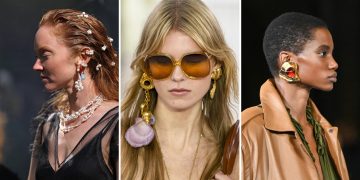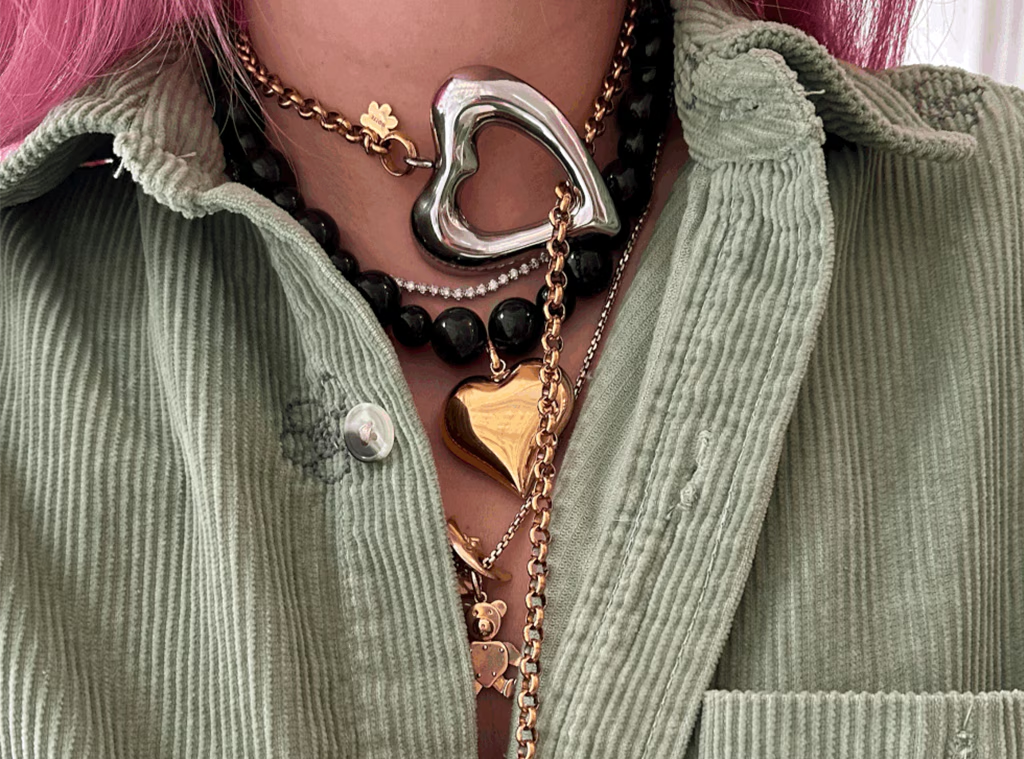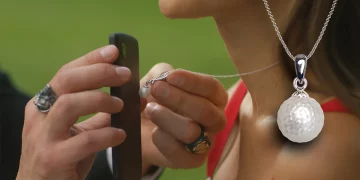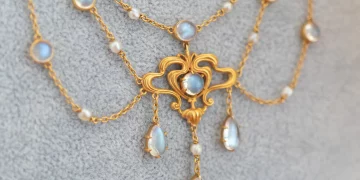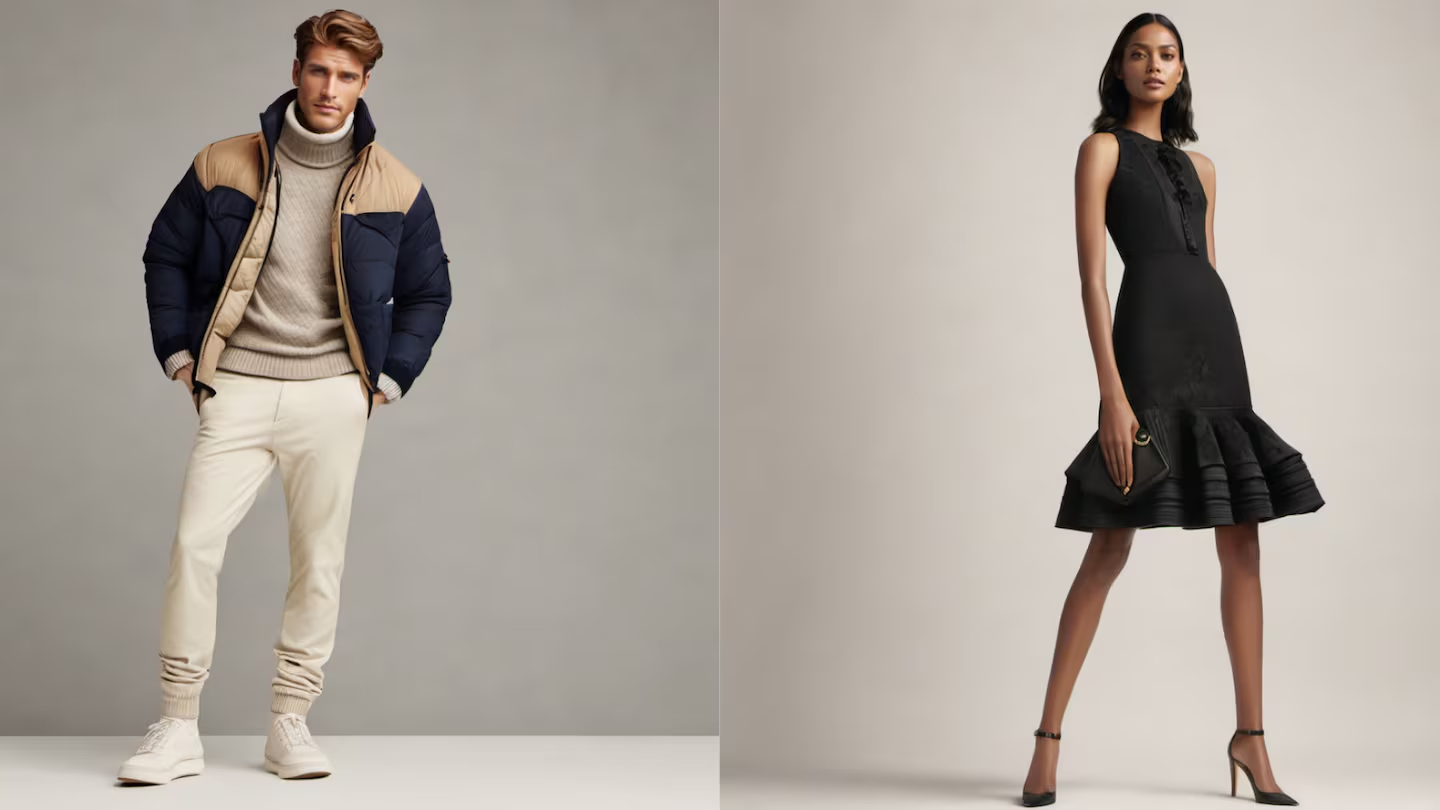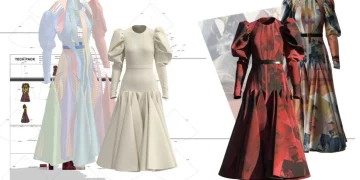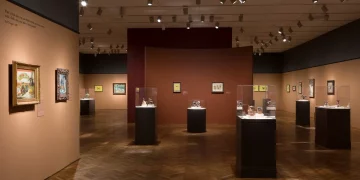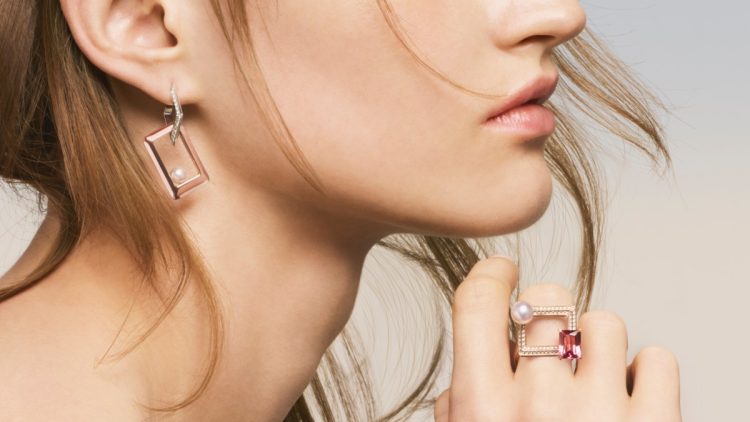Luxury jewelry has long been synonymous with heritage, craftsmanship, and timeless elegance. For generations, jewelry houses like Cartier, Tiffany & Co., Van Cleef & Arpels, and Bulgari have maintained the essence of what many consider “classic” luxury — high-quality materials, intricate designs, and exclusivity. However, in recent years, some of these same iconic brands have released new collections that challenge traditional notions of what luxury jewelry can be.
With a growing emphasis on innovation, personalization, and sustainability, these collections are transforming the definition of luxury jewelry in ways that were once unimaginable. New technologies, creative collaborations, and a shift in consumer expectations are pushing the boundaries of what luxury jewelry is and what it represents.
So, the question arises: Have these new collections truly redefined the very essence of luxury jewelry? Let’s explore how top brands are challenging conventions and what these changes mean for the future of the industry.
1. Shifting Perceptions of Luxury: From Timelessness to Innovation
For decades, luxury jewelry was built upon the idea of timelessness. Brands focused on creating pieces that would never go out of style, pieces that could be passed down from generation to generation. Jewelry was often viewed as an investment, with high prices justified by the intrinsic value of the materials and the skills involved in their creation.
However, today’s top brands are moving away from this strict notion of “timeless” luxury. While heritage and craftsmanship still play important roles, the concept of luxury is evolving. The new luxury is about innovation, individuality, and relevance to contemporary culture.
1.1 Embracing Technology: The Fusion of Jewelry and Innovation
One of the most significant ways that top jewelry brands are redefining luxury is through the incorporation of technology.
Brands like Bulgari and Cartier are incorporating smart technology into their new collections, merging traditional craftsmanship with cutting-edge advancements. For example, Bulgari’s Octo Finissimo collection and Cartier‘s connected bracelets have pushed the boundaries by blending the aesthetic appeal of high jewelry with the functionality of wearable technology. These watches and bracelets offer not only style but also technological features such as fitness tracking and health monitoring.
These innovations are radically shifting perceptions of luxury jewelry. Luxury is no longer just about rare materials and traditional craftsmanship but about offering consumers experiences that blend fashion with functionality. The line between fine jewelry and tech accessories is becoming increasingly blurred, with luxury becoming a canvas for creativity and personalization through technology.
1.2 Sustainable Luxury: Ethical and Eco-Conscious Designs
Another way luxury jewelry brands are redefining their offerings is by embracing sustainability. In the past, luxury jewelry was often criticized for its environmental impact, particularly in terms of diamond mining, gold extraction, and the overall carbon footprint of production.
Top brands like Tiffany & Co., Chopard, and Van Cleef & Arpels have made significant strides in sustainability. Tiffany’s “Diamond Source Initiative” and Chopard’s commitment to using Fairmined gold are just a few examples of how the definition of luxury is shifting from exclusivity of materials to exclusivity in responsibility. These new collections highlight ethically sourced gemstones, recycled metals, and lab-grown diamonds—creating a narrative of luxury that extends beyond wealth and rarity to include consciousness and care for the planet.
By focusing on sustainability, these brands are shifting the narrative. Luxury is now associated not only with rarity but also with responsibility. Consumers increasingly want to know that the jewelry they purchase aligns with their personal values, making eco-conscious luxury an essential part of the modern definition.
2. Personalization and Customization: A New Era of Exclusive Luxury
Another way top brands are challenging the definition of luxury jewelry is by embracing personalization and customization. In the past, the concept of luxury often meant that consumers were buying into exclusive, standardized collections that were highly curated by the brand. While these collections often involved high-quality craftsmanship and design, there was a sense that the experience of purchasing luxury jewelry was fairly static and impersonal.
Today, however, the rise of personalized designs is changing the game. Cartier and Van Cleef & Arpels, for instance, are introducing customizations where consumers can design or personalize their own jewelry pieces. Customers can choose from an array of materials, colors, stones, and engravings, allowing them to create something that reflects their individual story and style.
In addition, digital platforms are giving consumers more control over their purchases. Jewelry brands now offer the ability to co-design pieces online, ensuring that every item is tailored to the consumer’s unique preferences. This personalized approach to luxury jewelry is a far cry from the traditional experience, where purchasing a luxury item was often about acquiring something pre-designed, with little room for customization.
Luxury is evolving from a commodity to a personal experience. The consumer now has the opportunity to directly shape the product they own, resulting in a deeper emotional connection to the piece.
3. The Rise of Collaborations: Breaking Traditional Boundaries
Top brands are increasingly stepping outside of their traditional comfort zones by collaborating with artists, designers, and even other luxury sectors like fashion and art. These collaborations are having a profound impact on the jewelry industry, creating a new wave of jewelry collections that break with tradition and appeal to a younger, more experimental audience.
3.1 Iconic Collaborations: Merging Fashion, Art, and Jewelry
For example, Tiffany & Co. recently collaborated with Supreme, the popular streetwear brand, to create a limited-edition collection of silver jewelry. This unexpected collaboration drew attention not only from traditional luxury consumers but also from the millennial and Gen Z demographics, who are eager for fresh takes on classic luxury items. The collection blends Tiffany’s signature sophistication with the rebellious spirit of street culture, showing that luxury jewelry can evolve by engaging with contemporary subcultures.
Similarly, Bulgari has partnered with artists and fashion designers to create one-of-a-kind pieces that fuse art, fashion, and jewelry into bold statements of personal expression. These collections reflect the growing influence of cross-industry collaborations in the jewelry sector, allowing for an exciting blend of creativity, style, and craftsmanship.
3.2 The Influence of Art and Culture
Brands are increasingly exploring cultural influences in their jewelry designs. Jewelry houses like Chanel and Louis Vuitton have used collaborations to reflect art, history, and culture in their pieces, thus redefining the role of jewelry as a means of storytelling. Today’s collections are about much more than just aesthetic beauty—they carry cultural narratives, emotional resonance, and personal significance.
These cross-industry collaborations are broadening the appeal of luxury jewelry. The luxury jewelry market is no longer confined to a particular age group, social class, or cultural background. It has become more inclusive and globally connected, with younger, more diverse audiences now embracing luxury as a form of self-expression and artistic appreciation.
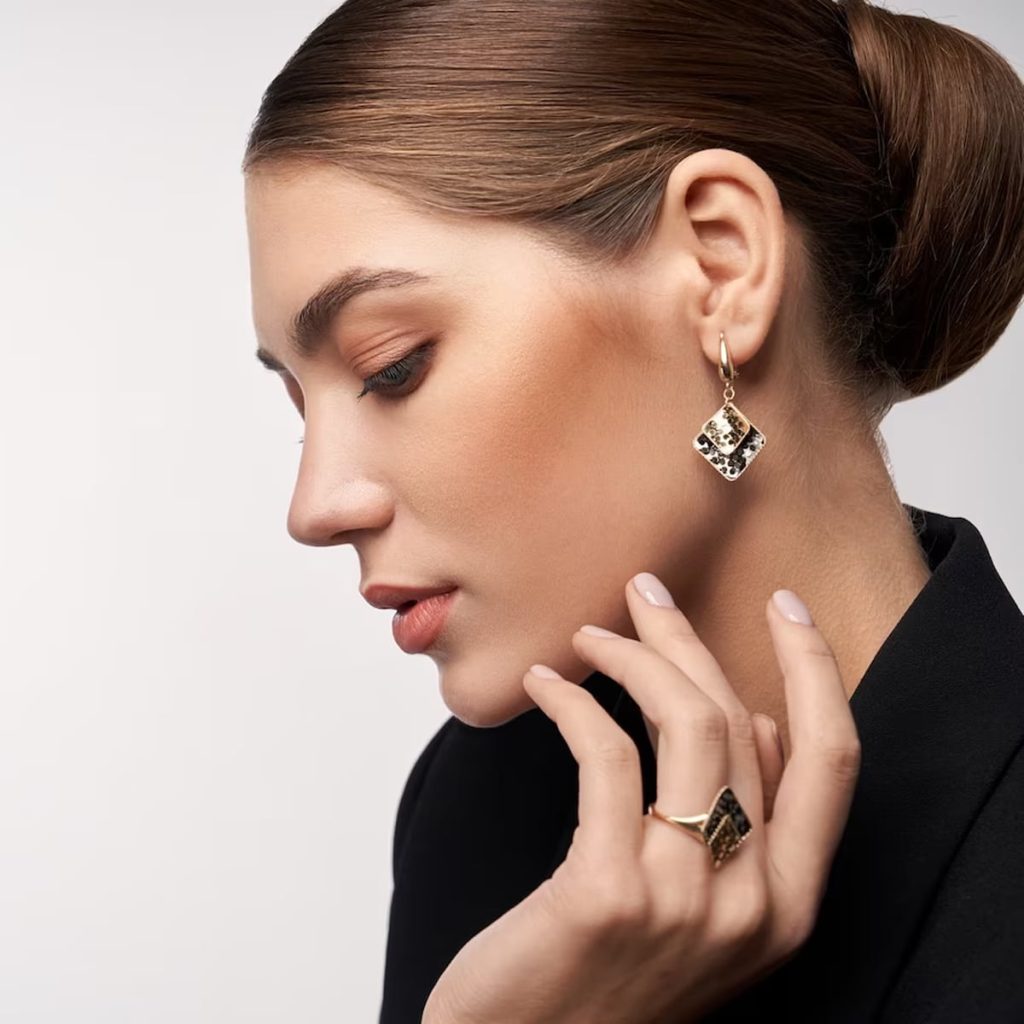
4. Luxury Jewelry as a Statement of Identity
Perhaps the most significant change in the luxury jewelry sector is how new collections are reflecting the identity of the wearer. Jewelry is no longer just about showcasing wealth or status. Instead, it has become an extension of the individual’s personality, values, and style. Brands that recognize this shift, like Bulgari, Van Cleef & Arpels, and Tiffany & Co., are creating designs that speak to the wearer’s individuality.
4.1 Jewelry for Self-Expression
Instead of sticking to traditional designs, many of the newer collections focus on unique, bold, and artistic expressions. For example, Bulgari’s Serpenti collection has evolved into a symbol of empowerment, strength, and femininity, attracting consumers who identify with these values. Similarly, Tiffany’s Paper Flowers collection blends organic shapes with intricate designs, allowing wearers to feel a personal connection to nature while wearing luxury jewelry.
Today’s luxury jewelry is as much about creating an emotional bond as it is about aesthetics. Whether it’s through personalized engravings, bespoke design options, or collections tied to personal empowerment, the jewelry industry is evolving into a space where consumers can choose pieces that speak to their unique identities.
Conclusion: Has the Definition of Luxury Jewelry Been Redefined?
The answer is yes. The new collections from top brands are indeed redefining what luxury jewelry means. No longer confined to the traditional markers of wealth and status, luxury jewelry has evolved into an expression of individuality, creativity, and sustainability. Through technological innovation, sustainable practices, bold collaborations, and greater personalization, luxury jewelry is becoming an experiential and culturally relevant symbol of personal style.
The new luxury is no longer about timelessness alone; it’s about making a statement and creating connections. These collections prove that luxury jewelry can be a powerful tool for self-expression, a way to engage with modern culture, and a platform for creating a more sustainable, conscious future.
As these new definitions continue to gain traction, it’s clear that the future of luxury jewelry will be defined by innovation, individuality, and authenticity—qualities that are as timeless as the gems they feature.

